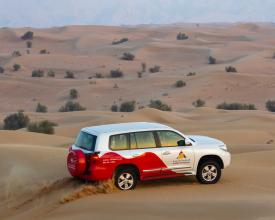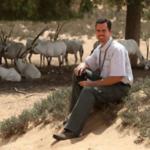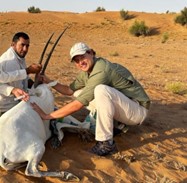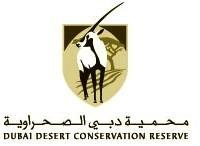
Durabilité environnementale et économique grâce au tourisme de désert basé sur la nature
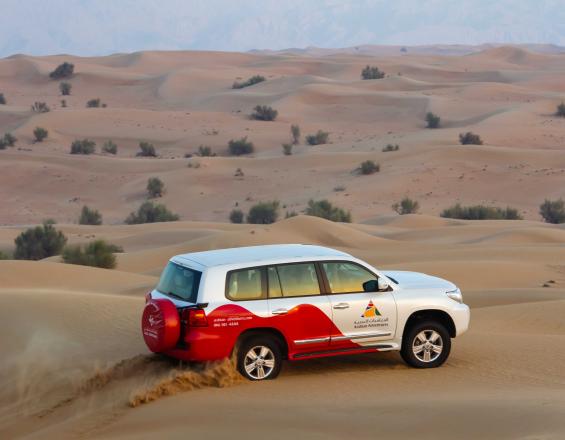
Le DDCR a mis en place une offre touristique basée sur la nature en partenariat avec sept voyagistes, qui permet à plus de 250 000 visiteurs de se rendre dans la zone protégée chaque année. Une planification efficace et la mise en œuvre d'un plan de zonage garantissent la durabilité environnementale en limitant les zones d'impact sur l'environnement. En outre, chaque voyagiste dispose d'un itinéraire individuel qui lui permet de découvrir la faune et la flore dans un paysage désertique immaculé, tout en améliorant considérablement la sécurité des visiteurs.
Tous les visiteurs du DDCR paient des droits d'entrée, par l'intermédiaire des voyagistes, qui sont utilisés exclusivement pour les besoins de gestion et de recherche de la zone protégée.
Contexte
Défis à relever
Emplacement
Impacts
L'environnement : Lors de la création du DDCR, le nombre de voyagistes utilisant la zone a été réduit de 23 sociétés à 7 aujourd'hui. En outre, la conduite est limitée à des itinéraires désignés au sein de la RDCD, qui ne couvre qu'une superficie totale de 9,65 km², ce qui réduit considérablement l'impact négatif de la visite de la zone. Ainsi, environ 95 % de la zone protégée ne subit que peu ou pas d'impact du tourisme.
Social : Plus de 250 000 visiteurs, locaux et touristes, ont chaque année l'occasion de visiter un environnement désertique vierge et de faire l'expérience de la beauté et de la tranquillité du désert, tout en observant la faune et la flore indigènes. En outre, les programmes mis en place par les universités locales permettent aux étudiants émiratis de se familiariser avec l'environnement désertique d'une manière significative.
Économique : La durabilité économique obtenue grâce au modèle garantit que le DDCR n'est pas dépendant d'un financement externe pour la gestion ou les besoins de recherche de la zone protégée. Toutes les recettes générées par les droits d'entrée dans la RDCD sont exclusivement consacrées à la gestion de la réserve. Cela comprend des recherches approfondies et la surveillance de la faune et de la flore indigènes de la réserve, ainsi que des efforts de réintroduction d'espèces localement disparues.

